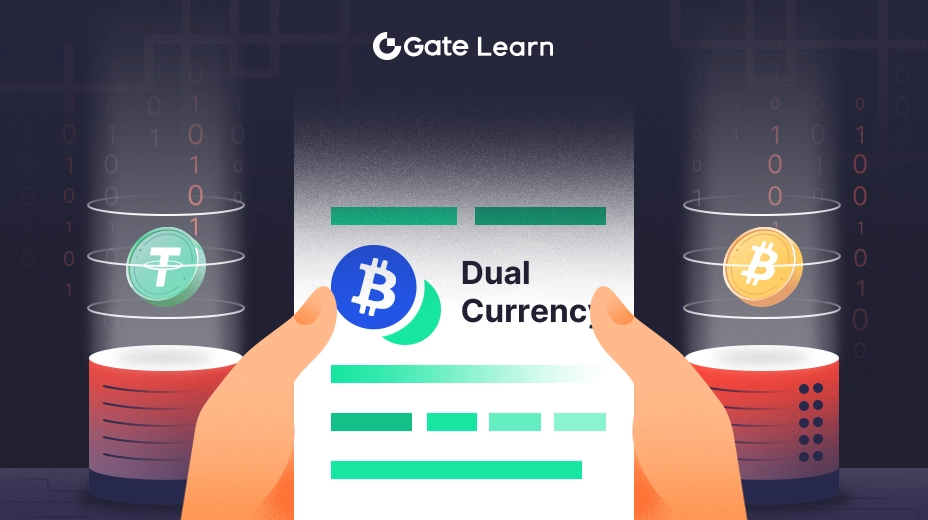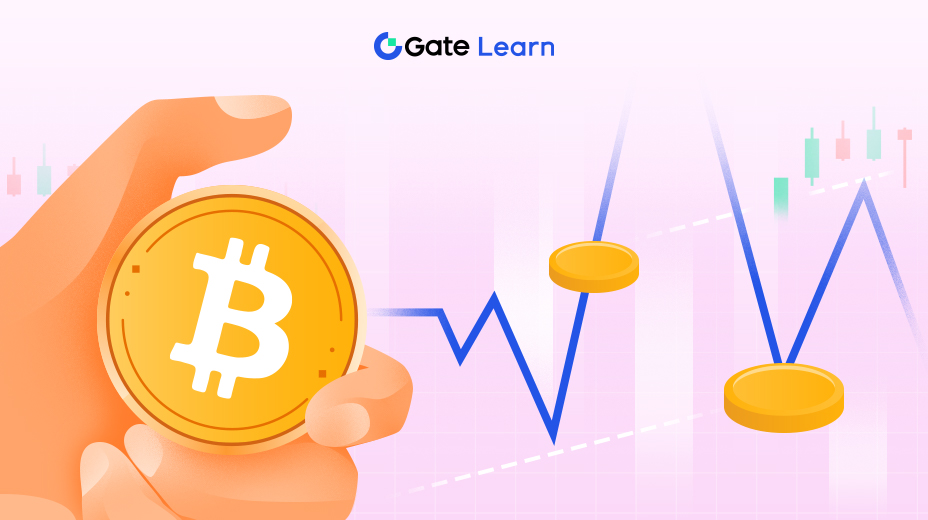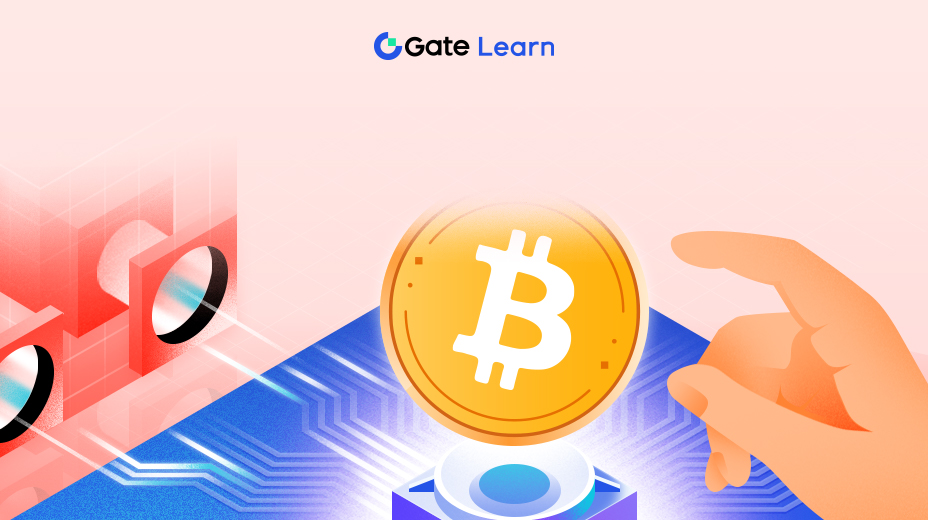Practical Guide: On-Chain Scanning Operation and Meme GO Tutorial
The first two chapters helped investors understand the significance of on-chain signals and how to interpret mainstream tools. However, the real investment edge comes from "practical skills"—that is, the ability to identify trending momentum, capital direction, and potential risks as soon as a project appears.
Why Scan the Chain
Information asymmetry equals alpha. Traditional investing relies on social platforms, KOLs, and community sentiment. The core feature of the on-chain world is that all real actions are recorded and visible to everyone, but the ability to interpret them is the investor’s advantage.
Three Key Values of Chain Scanning
1. A 10–60 Minute Trend Window Ahead of Social Platforms
After a new project launches:
- It first appears in pools on Pump.fun / Raydium / Base chain
- Then transaction counts rise
- Then someone posts about it on X (formerly Twitter)
- Finally, it enters the KOL promotion phase
If investors observe abnormal activity within 5–20 minutes after pool creation, they gain a full cycle lead over social signals.
2. Assessing Whether Project Popularity Is Genuine
- Are real users buying?
- Is it bot-driven volume?
- Are whales continuously accumulating?
- Is liquidity pool (LP) sufficient?
On-chain behavior never lies.
3. Identifying Risks: Avoiding Common Pitfalls
Warning signs of a rug pull are very obvious:
- Sudden LP removal
- Abnormal contract permissions
- Unnatural trading volume
- Distorted token holding distribution
Chain scanning ≠ chasing get-rich-quick schemes; it = avoiding losses + increasing win rate.
Three Core Signals for Chain Scanning
All projects—whether meme coins, gaming tokens, RWA, or AI narratives—can be broken down into three types of on-chain signals:
1. Money Flow
Indicates whether money is truly flowing into the project or ecosystem.
Key observations:
- Who is buying? (Retail / Whales / New wallets)
- Continuity of purchases
- Rapid LP growth?
- Which chain attracts cross-chain capital?
Money flow is the most concrete data.
2. Sentiment Flow
Reflects market sentiment through on-chain behavior:
- Rapid increase in new wallets (FOMO)
- Decreasing average single purchase amount (chasing highs)
- Sudden emergence of high-volume addresses (rising speculative sentiment)
Sentiment flow helps investors judge whether the hype is spreading.
3. Activity Intensity
Measures whether the project is truly “hot”:
- Transactions per minute
- Buy/sell ratio
- Swap count growth curve
- Density of high-frequency trading
A common top signal is: activity intensity falls while price keeps rising → weakening rally → imminent reversal.
Visualization Reading Tips: How to Judge Trends Using Charts
On-chain tools provide abundant data but require “translation skills.” The following three patterns are easiest for ordinary users to identify:
1. Transaction Count Acceleration: The clearest early trend signal
Check Dexscreener’s “5-minute volume/transaction count”:
If you see:
- 1st 5 minutes: 28 transactions
- 2nd 5 minutes: 33 transactions
- 3rd 5 minutes: 49 transactions
- 4th 5 minutes: 112 transactions
This means hype is exploding. Price increase is less important than “exponential growth in participation.”
2. Token Holding Distribution Diffusion Curve
Strong trending projects usually show:
- First hour: 100–300 holders
- First 3 hours: 600–1,000 holders
- First 24 hours: 3,000–8,000 holders
If holdings grow but the top 10 wallets’ proportion decreases, it indicates a healthy trend; otherwise, it signals high risk.
3. LP Curve: Capital Absorption Capacity
Observe Raydium or DEXTools:
- LP slowly rising: natural growth
- LP suddenly surging: market maker or team injection
- LP rapidly falling: pre-rug pull warning
LP (liquidity) is the lifeline of all meme projects.
Meme GO Three-Step Practical Method: Discover – Validate – Test Order
Meme GO is an on-chain visual exploration tool provided by the Gate ecosystem, very user-friendly for ordinary users. Compared with other tools, it has three major advantages:
- Automatically filters hot spots (no need for investors to sift through rankings themselves)
- Visualizes on-chain behavior (easier to understand)
- Combines exchange and on-chain data (avoids blind spots of pure on-chain tools)
Step 1: Discovery
Open Meme GO’s hot list, where investors will see:
- Newly created projects
- Hotness rankings for the past 5/15/30 minutes
- Changes in transaction count
- Buy/sell ratio trends
- Net capital inflow
How to find projects:
- Method 1: Look for short-term volume spikes—transaction counts skyrocketing in the last 5 minutes is the strongest signal.
- Method 2: Buy/sell ratio > 2:1, where buy orders far exceed sell orders → strong sentiment.
- Method 3: Increasing number of holders, indicating heat is spreading.
Step 2: Validation
Next, check “Is it safe?” and “Is it playable?”
Validation checklist (applicable to all chains):
- Healthy holding distribution
- Top 10 wallets ≤ 40%
- No mysterious addresses holding a huge share
- Contract permissions safe?
- mint
- pause
- blacklist
- changeTax
- If any of these exist → do not participate.
- Is LP locked?
- LP fully in the pool
- No team withdrawals
- Shows as locked/burned
- No lock means high risk.
- Is there market maker wash trading?
- High transaction frequency but tiny amounts
- Illogical buy/sell ratios
- Many bot addresses repeatedly buying
Step 3: Test Order (Entry Strategy)
Even if the project looks good, don’t buy in full position.
Test order principles:
- Start with a small buy to observe
Example:
- Total capital: 1000
- Initially invest 5–10% (50–100)
- If activity continues to rise, add more.
- Use capital flow curves to decide when to add
Signals to add:
- New 5-minute transaction count highs
- Holder count steadily increasing
- LP gradually rising
- Buy/sell ratio stable at high levels
Exit promptly when reversal signals appear
Typical reversals:
- Transaction counts falling
- Sell orders enlarging continuously
- Whales suddenly selling heavily
- LP declining
Test orders minimize risk; they are not bets on explosive growth.
Recommended Toolset: Standard Chain Scanning Workflow
The easiest complete toolchain for ordinary users:
- Step 1: Find hot spots: Meme GO hot list; Dexscreener trending
- Step 2: Validate safety: Etherscan / Solscan; Honeypot.is; De.Fi Scanner
- Step 3: Judge trends: Dexscreener transaction count curves; Jupiter / Raydium routing; holder distribution charts
- Step 4: Risk control: small test orders; slippage control; profit-taking management
By combining these, ordinary users can develop “professional-level chain scanning skills.”





